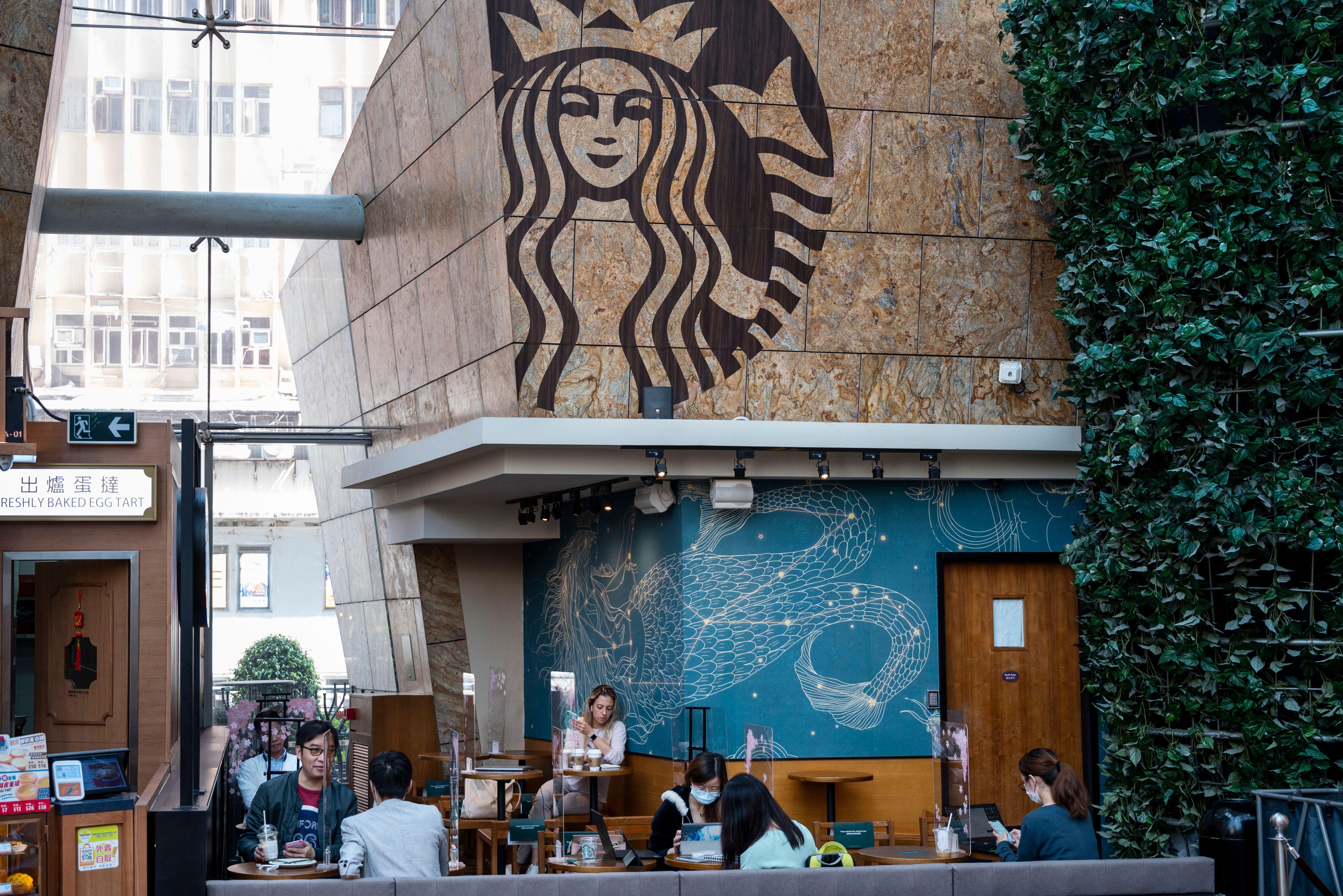
Starbucks’ interest in the Chinese market has been clear for a long time. Second to the US in terms of market size, China has been the site of major growth for the American coffee shop chain in recent years.
Since opening its first store in the World Trade Center in Beijing in 1999, it has grown to 5,000 stores in mainland China, including a reserve roastery in Shanghai, which opened in 2017.
According to Euromonitor data from 2020, Starbucks retains the lead in China’s specialist coffee and tea shop market with 36.4% of the market.It is so integrated in the Chinese market that it has been named among Aon Hewitt’s China’s Best Employers for five consecutive years.The ambition to continue growing remains. Last year Starbucks announced plans to invest £130m in a new production facility in China, called the Coffee Innovation Park, due to open next year in the city of Kunshan, northwest of Shanghai.
Local challenger brands
As the hospitality world continues to emerge from the Covid pandemic, Starbucks has remained on a steady growth curve in China, but its most recent quarterly report conceded that its same-store sales growth of 91% had fallen short of expectations.
International travel restrictions have affected figures for the coffee brand and now as things start to open up again the American company finds a growing competition from local challenger brands that are enjoying a market boost.
According to the business data company Qimingpian, in the first four months of 2021 there were 14 fundraising deals for operators in the Chinese tea and coffee market. This is the same number of deals the country saw for the whole of 2019.
So far, the most famous challenger brand to Starbucks is Luckin Coffee, founded in 2017 and at the start of 2020 counted more than 4,500 stores in China, but other operators coming to the fore include Hey Tea and Nayuki, both companies with a focus on new-style tea and both carry valuations estimated around $2bn.
The so-called new style tea drink refers to a beverage that contains top-quality tea leaves or a concentrated liquid extracted from raw materials, mixed with fresh milk, imported butter, natural animal butter or seasonal fruits. Currently, cheese-topped bubble tea and fresh milk tea are the representatives on the market. These drinks also stand out for more elaborate and appealing packaging than other products.Hey Tea has gone from being a small start-up with a focus on fruit teas, milk teas, and cheese teas in 2012 to a company setting new trends for tea culture.
Five years later, in 2017, when it opened its first store in trend- generating super city Shanghai, young customers lined up for five hours plus to get their hands on (and picture taken with) a tea. Social media has played a big part in its growth and popularity among an engaged demographic. By the end of 2019 Hey Tea had 390 stores in mainland China, 139% up on 2019.
Hey Tea is second to Starbucks in China’s specialist coffee- and tea-shop market, with an 8.8% share, according to Euromonitor.Established in 2015, Nayuki is another tea-drink brand, with its fruit-based cheese teas and baked goods. It has grown rapidly and has more than 400 stores in China, Singapore and Japan.
Looking ahead, new-style tea drinks are one of the solid rising trends in Asia Pacific and coffee and tea shop chains are the best performers among all cafés and bars chains. Euromonitor predicts a 9% compound annual growth rate between 2019-2024.
Starbucks may have the heft and resources to continue on its aggressive expansion drive in China, but local challengers have seen the opportunity to take their share.
Tina Nielsen
